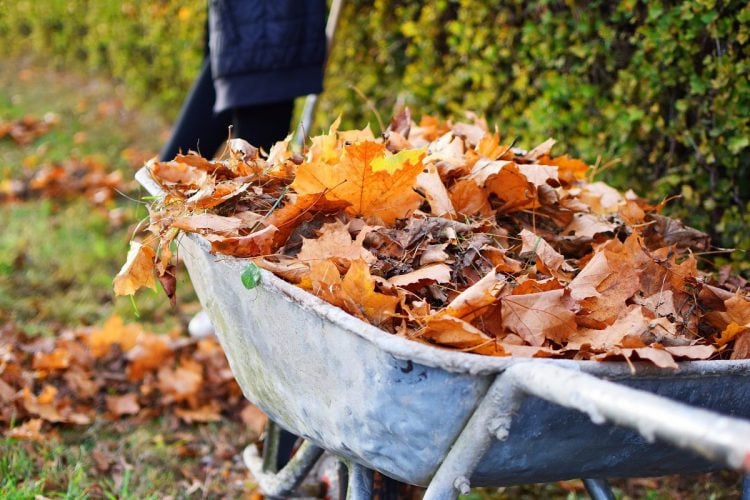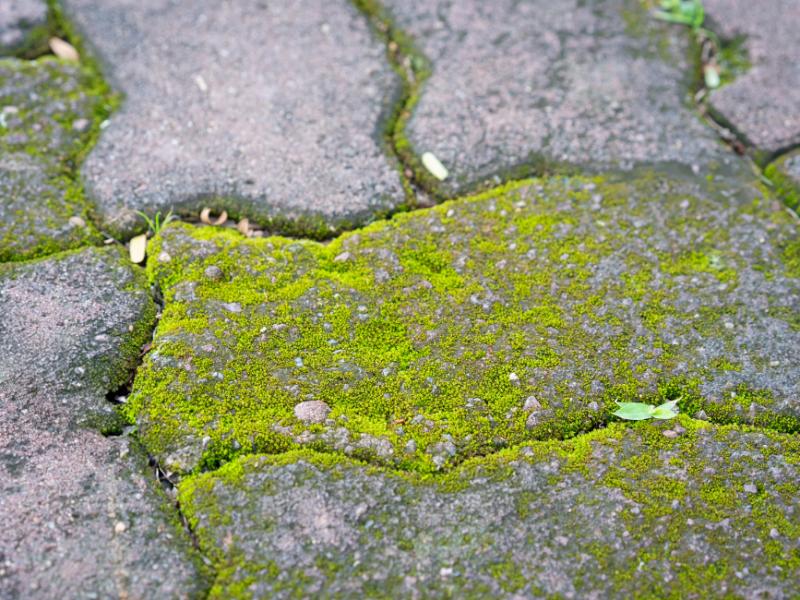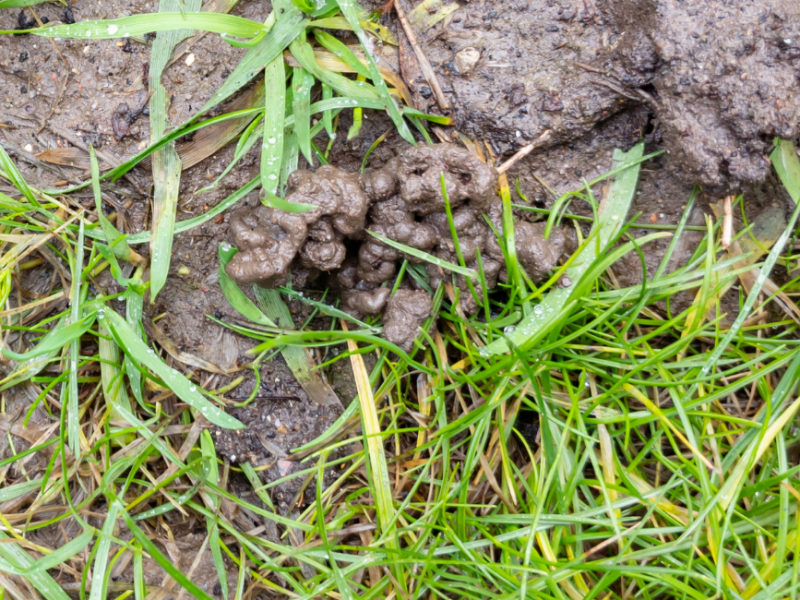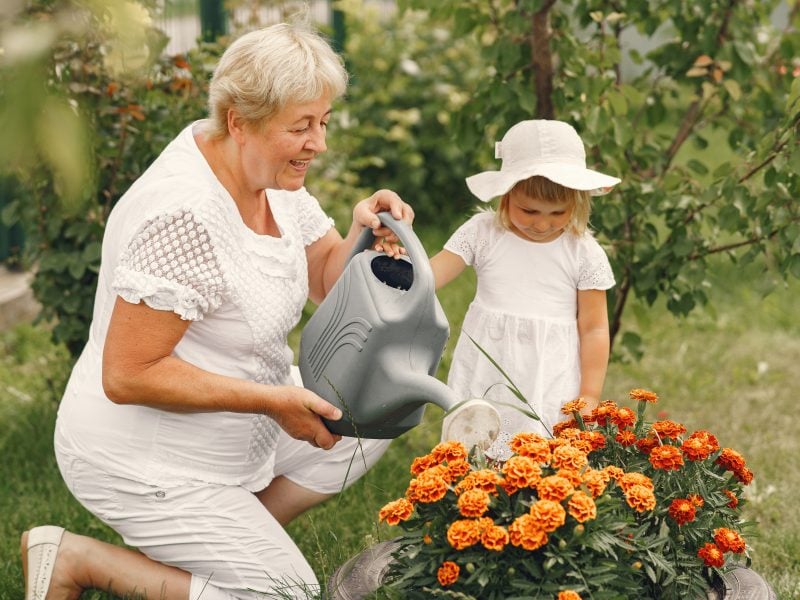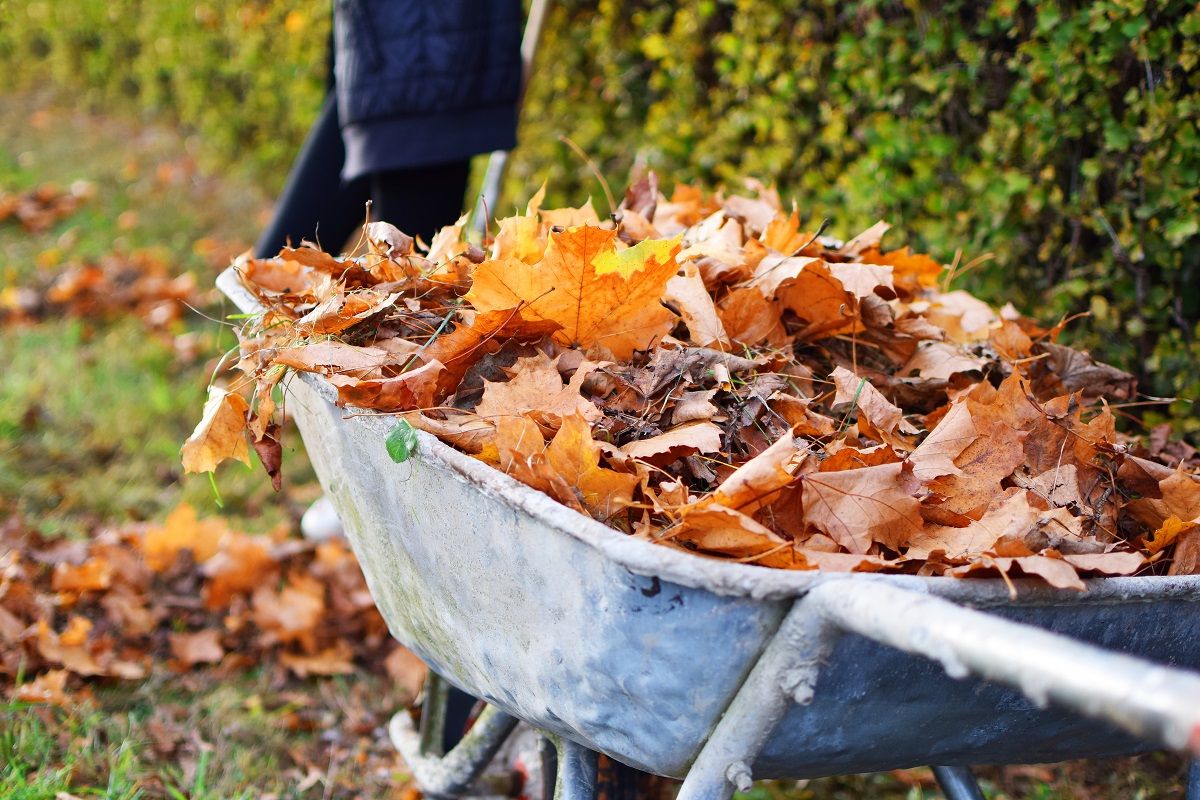
For anyone with trees nearby, autumn sees our gardens covered in falling leaves. It is important that leaves are not left covering your lawn. When left to pile up, they can form a heavy mass that can damage your grass. The leaves block the sunlight which therefore reduces water evaporation. This can then lead to fungus, mould and disease which is detrimental to your lawn.
Luckily, there is an easy way to get rid of all of your unwanted leaves while helping your garden. Composting leaves is a fantastic way to remove all of the leaves while creating a nutritious garden soil amendment at the same time. Compost provides essential nutrients for plant growth, which is why it is often used as a fertiliser. Not only this, it also improves the structure of your soil so that it can absorb the correct amount of moisture.
Composting leaves can take some time when first learning the process, but once you have that down it is quite straightforward and extremely useful for the health of your garden. Keep reading for all you need to know about composting leaves or read our other blogs such as our full guide to composting or one on worm composting.
Benefits Of Composting Leaves
Nutrients
When the process of decomposition is finished, what is left is known as ‘humus’ – a thick, dark substance. Humus is extremely rich in nutrients, which is why it is so great for your garden. These nutrients are used by plants for growth and other essential processes, like photosynthesis, while the compost also helps to retain water. The nutritious value of composting leaves is one of the top benefits, turning your waste into a substance that is going to help your garden thrive.
Reduces Waste
When leaves are covering your garden, they need to be removed. If you aren’t composting them, they will end up in a landfill somewhere. The amount of leaves that fall over autumn will leave you with an incredibly high amount of garden waste. Instead of having your leaves breakdown in a landfill and have all the nutrients wasted, use them in your garden. You can also add grass trimmings, certain foods and wood shavings among several other things, so you can reduce your household waste too.
Environmentally Friendly
Using this natural substance reduces the amount of factory-made fertilisers that are used. These often use chemicals rather than natural resources, as well as often coming in plastic packaging. Using natural waste, such as leaves, will reduce your plastic consumption and the amount of chemicals released into the environment. Compost is also packed with a lot more nutrients, making it more effective for helping your garden.
How To Compost Leaves
Collect The Leaves
The first step to composting leaves is making sure you have enough for your compost pile. Autumn is the perfect time for creating a compost pile from leaves as there are so many around. Rake up all of the leaves from your garden into one pile so you can assess how many leaves you have. If you need more, ask your neighbours if they’d mind you using theirs, or head to a local park. In most cases people are more than happy for you to get rid of their leaves for them.
Select Leaves
Different leaves decompose differently, so it is important to assess what leaves you have in your compost pile. Maple, poplar and willow leaves are great for composting leaves if you have access to them. They have a high calcium and nitrogen level which makes them ideal for composting as they will break down in less than a year. Other leaves that are great for composting include: ash, cherry, elm and linden.
You should limit the amount of low-calcium leaves if possible as these can take as long as two years to break down. This will slow down your entire composting process, so it’s worth splitting the piles. Avoid any thick or leathery leaves such as holly, magnolia, oak, birch and beech. If you do need this to make up a pile, shred them thoroughly before adding them.
Create A Pile
Once you have organised your leaves, you should gather them into a pile that is at least 4ft by 3ft. As the leaves decompose, they will shrink in size considerably, so what may look like a huge pile of leaves will turn out to be a much smaller amount of compost. Alternatively, you can put them into a composting bin.
It is important to choose an appropriate location for your pile. Choose an area with good drainage that is level, ideally with partial sun or shade. You want to ensure your pile is moist but not soggy, which is why an equal amount of sun and shade is ideal. Most of the water will come from rain and green materials, though there may be some occasions where you have to water the pile yourself. If the pile begins to get too wet, you can turn it more frequently or add more brown materials.
Turning is an important process as it creates air pockets in your compost pile where oxygen can get in and help keep the microbes alive. Once you have turned your pile for the first time, the composting process will work more efficiently. Keeping your compost pile turned frequently will help with aeration and speed up decomposition.
Add Extras
Leaves on their own will take over a year to decompose, which is why you should add more. Grass clippings are great for speeding up the process, as well as being an easy-access product that you can take from your lawnmower. We recommend a 1:5 ratio, with one measure of grass for every 5 measures of leaves.
You can also add kitchen waste into your composting leaves to add more richness and substance. As the grass and leaves begin to decay, you can begin to add more organic material to the pile to create more compost. You could add some vegetable peels once a week and mix it in thoroughly to help create more compost and speed up the breakdown process.
Composting leaves is a fantastic way to reduce garden waste, keep your lawn tidy, and help your garden grow. The process is straight-forward once you get your head around it, and the benefits are well worth the work.

